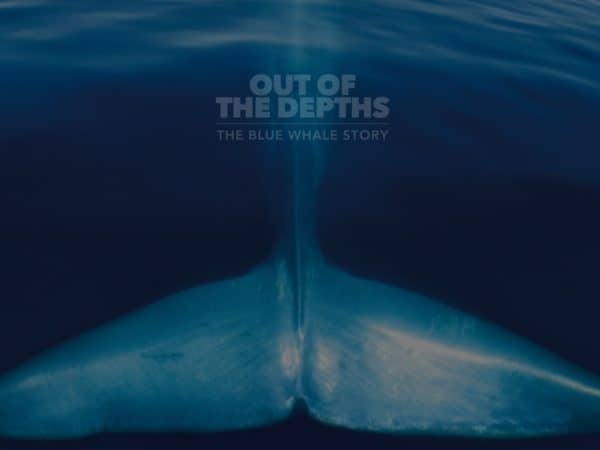
 The Royal Ontario Museum is set to open its new exhibit, Out of the Depths: the Blue Whale Story, with its centrepiece feature, a 24-metre-long skeleton of a blue whale that washed ashore in Newfoundland in 2014, now on its way from the Trenton, Ontario, workshop where the skeleton had been prepped for display.
The Royal Ontario Museum is set to open its new exhibit, Out of the Depths: the Blue Whale Story, with its centrepiece feature, a 24-metre-long skeleton of a blue whale that washed ashore in Newfoundland in 2014, now on its way from the Trenton, Ontario, workshop where the skeleton had been prepped for display.
The story starts in the early spring of 2014 when nine blue whales spotted off the southwest coast of Newfoundland became trapped by quickly changing ice floes and all succumbed in the unusually harsh weather. Three of the bodies washed up on the coast, creating an instant environmental and health problem: what to do with 80 tonnes (each) of rotting whale flesh?
For the corpses that landed at Trout River and Rocky Harbour, the answer was to have the animals dissected and their bones cleaned and shipped, one to the ROM in Ontario and the other to Memorial University in St. John’s. The lengthy process took years to complete but the opportunity was a once-in-a-lifetime chance, says ROM senior curator and exhibition lead, Dr. Mark Engstrom, to the Belleville Intelligencer. “We are grateful to our colleagues, here and in Newfoundland, for their invaluable support on this exhibition and its link to the incredible research uncovered,” said Engstrom
The new exhibition will tell the tale of how the whales died of entrapment in the thick ice but more so, it represents a full exploration of the blue whale, the largest animal on the planet, and will treat museum goers to displays on whale biology, evolution and conservation efforts for the endangered species.
Along with the whale bones, the ROM exhibit will feature the heart from the Rocky Harbour blue whale, a first in Canada. The giant organ, sent to Germany for preservation and not expected to be ready for the exhibition’s March 11th opening, is about six feet tall, five feet wide and five feet deep. “It’s pretty impressive,” says Engstrom. The display will involve a dissected portion of the heart’s epicardium, allowing visitor to see inside the whale heart, which, until its arrival will be replaced by a Smart Car on display since its size is comparable. And, for comparison’s sake, the display will show a series of hearts from other animals, ranging from mouse to lion to human and killer whale.
A migratory species, the blue whale is found around the world in three primary groupings in the North Atlantic, the North Pacific and the Southern Hemisphere. The blue whale was once abundant the all the world’s oceans but was hunted to a fraction of its former population over the last three centuries. The 2014 deaths of nine members of the Western North Atlantic Blue whale population effectively represented a five-per-cent loss in its numbers. Worldwide, the blue whale population is estimated at around 5,000 members.
The ROM says that along with its public education component, there is a scientific and conservationist element to their project, as tissue samples from the Trout River whale are being studied to learn more about the animal’s feeding habits, the level of toxic build-up from ocean pollutants in its body and DNA information on the Western North Atlantic blue whale’s genetic relationship to other blue whale populations.
Leave a Reply
You must be logged in to post a comment.




 Share
Share Tweet
Tweet Share
Share




Comment